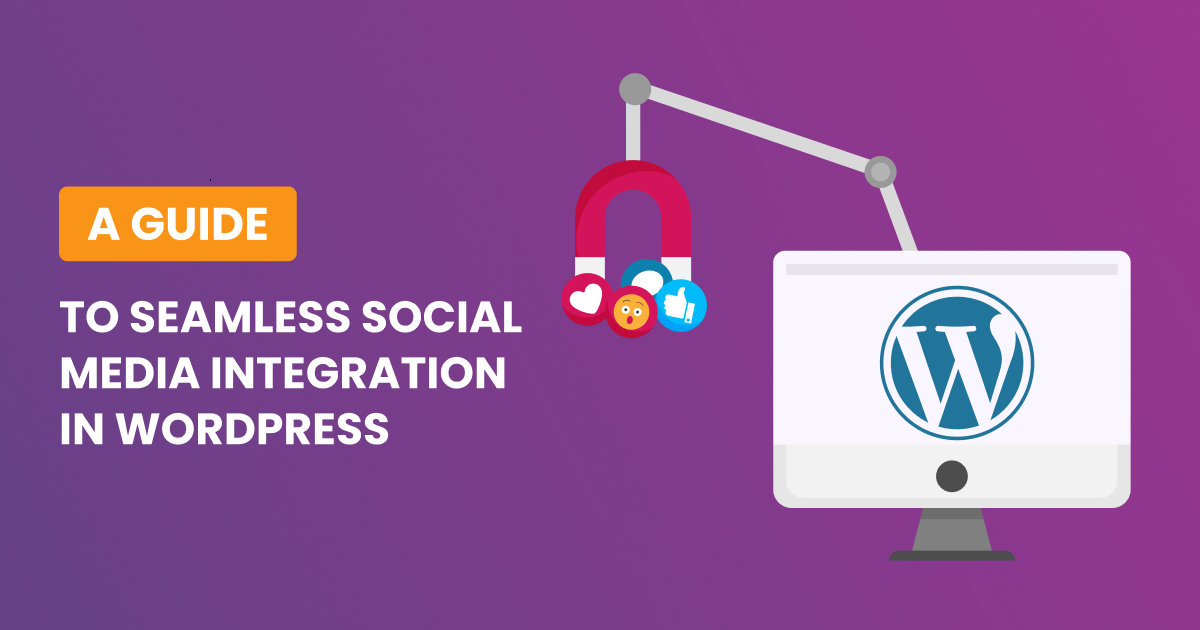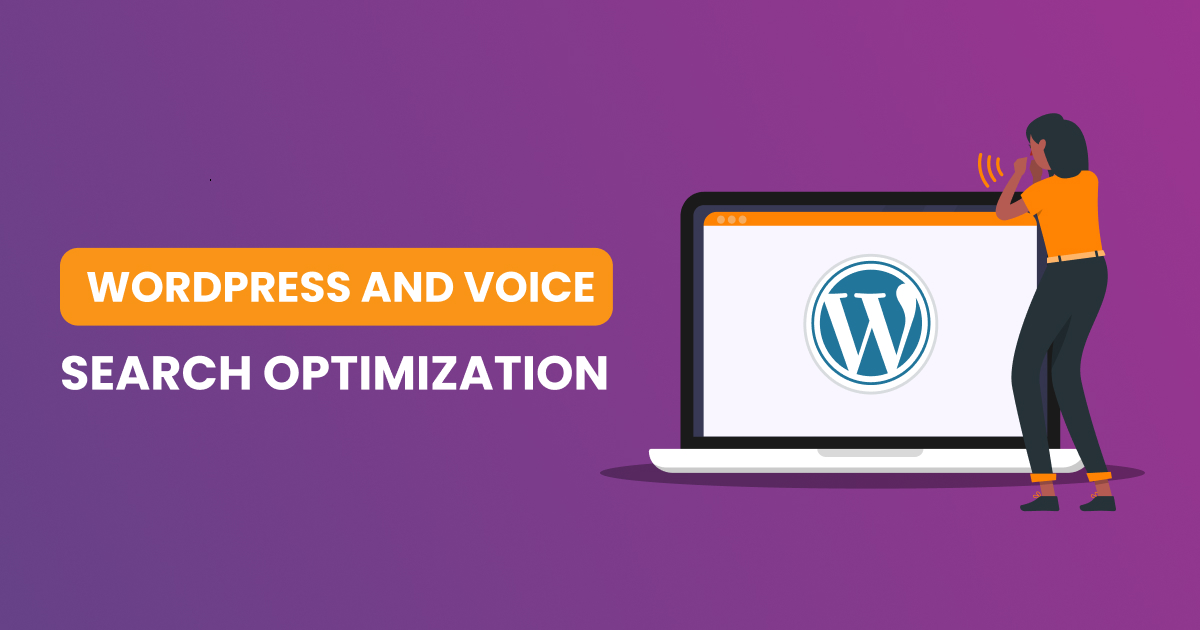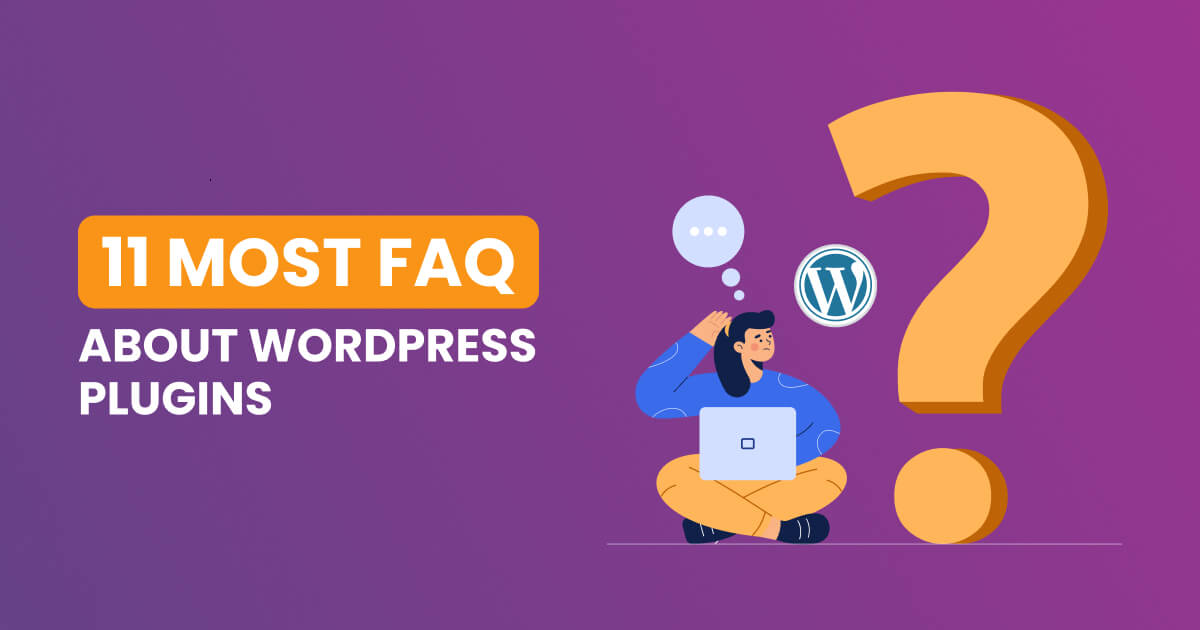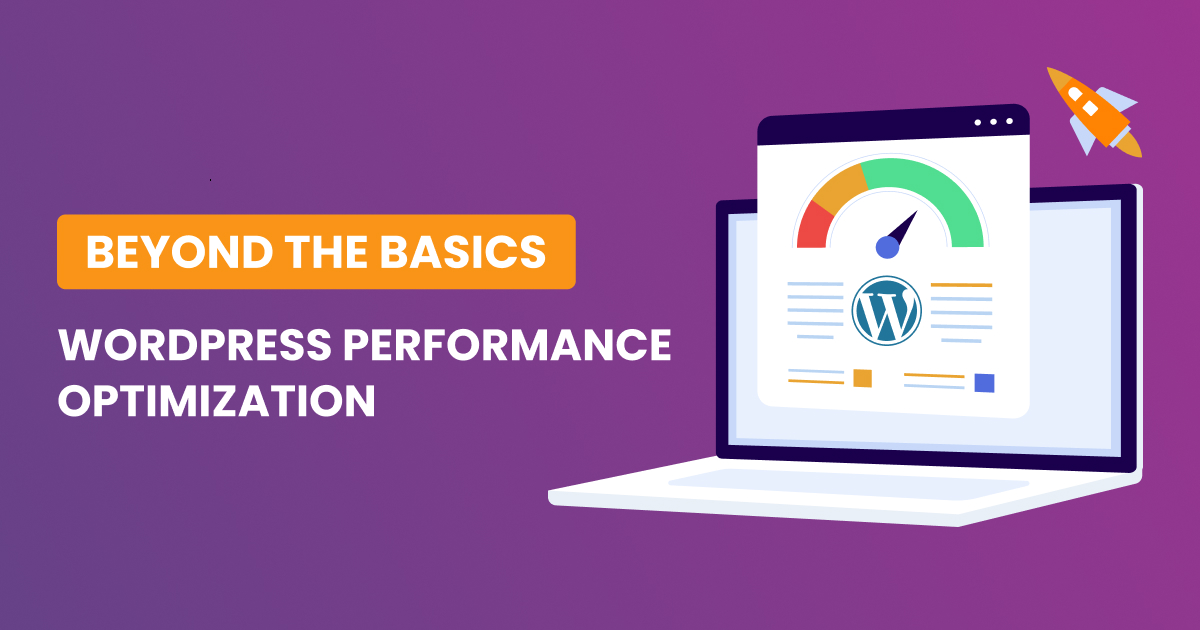In the dynamic realm of blogging, where the journey from ideation to publication often encounters unforeseen challenges, success hinges on two crucial elements: the art of crafting compelling blog posts and the implementation of a robust WordPress restoration strategy. This article delves into the interconnected nature of these aspects, emphasizing the paramount importance of striking the right balance for sustained excellence in the blogging sphere.
Crafting captivating blog posts within the WordPress framework involves not only the creation of engaging content but also meticulous formatting. Accessible through the Dashboard under Posts > Add new, the process can be executed using the Gutenberg Block Editor or the Classic Editor. Effective formatting, including stress on essential points, enhances readability. Furthermore, organizing posts with categories and tags, assigning dates, and pinning them to specific pages on the website contribute to a well-structured blog. The consistent generation of new posts is identified as a key strategy for audience growth.
Creating engaging blog posts in WordPress requires a combination of thoughtful design, high-quality writing, and user-friendly features.
Tips to help you create compelling content
- Identify your target audience: Understand who your readers are, their interests, and their pain points.
- Choose a topic based on your audience: Focus on topics that resonate with your audience and provide value.
- Write engaging headlines: Craft headlines that grab attention and accurately represent the content of your post.
- Create compelling introductions: Start your post with an engaging introduction that hooks your readers and encourages them to read further.
- Use formatting techniques: Improve readability and help readers find the information they’re looking for by using headings, subheadings, bullet points, and lists.
- Include visuals: Use images, graphics, or videos to break up text and make your content more visually appealing.
- Promote your content: Share your blog posts on social media, participate in online forums and groups related to your topic, and collaborate with other bloggers or influencers in your niche.
- Encourage interaction: Engage your audience by encouraging comments, questions, and discussions. Respond to comments promptly to foster a sense of community.
- Use plugins: WordPress offers numerous plugins for adding quizzes, polls, and interactive content to keep your readers involved.
- Maintain consistency: Develop a posting schedule that you can realistically maintain, and stick to it.
By following these tips, you can create engaging content that keeps your readers hooked and coming back for more.
When creating blog posts in WordPress, it’s important to avoid common mistakes that can impact the effectiveness of your content.
Mistakes to avoid when creating blog posts
- Not having a clear purpose for your blog.
- Blogging without a niche.
- Forgetting about your target audience.
- Not setting up your web hosting and site correctly.
- Ignoring SEO and keywords in the content creation process.
- Writing blog content without proper formatting.
- Skipping social media promotion.
- Not updating old content to drive traffic.
- Not using Google Analytics and Search Console to your advantage.
- Not building an email list.
- Not choosing the right WordPress theme.
- Ignoring WordPress updates.
- Not optimizing your website for SEO.
- Not using categories and tags properly.
- Installing too many WordPress plugins.
By being mindful of these common mistakes, you can enhance the quality and impact of your blog posts in WordPress.
Follow these steps to optimize your WordPress blog posts for SEO
- Keyword research: Plan your content with proper keyword research to target relevant keywords and phrases.
- Optimize your title: Include your target keyword in the title of your blog post.
- Use H1 tags: Make sure your title is automatically put into H1 tags, as search engines give more weight to the information found in H1 tags.
- Optimize your images: Use descriptive titles and alt tags for your images to help search engines understand the content of your post.
- Create XML sitemaps: Use plugins like Google XML Sitemaps to create sitemaps for your website, which help search engines index your content.
- Optimize your page titles and meta descriptions: Ensure that your page titles and meta descriptions accurately represent your content and include your target keywords.
- Organize your content: Use categories and tags to help users find your content and improve your site’s structure.
- Provide links to related content: Link to other relevant content on your website to help search engines understand the context of your post.
- Use SEO plugins: Install and use SEO plugins like Yoast SEO to help with both site-wide SEO and on-page SEO.
- Update your older posts: Regularly review and update your older blog posts to ensure they are still relevant and optimized for SEO.
By following these steps, you can improve your WordPress blog’s SEO and increase its visibility on search engines.
Using images and videos can make blog posts more engaging in WordPress.
Tips to help you use images and videos effectively
- Use high-quality visuals: Use high-quality images and videos that are relevant to your content.
- Optimize images for web: Optimize your images for web by compressing them to reduce their file size and improve page load times.
- Add captions and alt text: Add captions and alt text to your images and videos to improve accessibility and SEO.
- Use videos to summarize content: Summarize the main points of your WordPress article in a video, then expand on those points in writing.
- Use interactive elements: Use interactive elements such as quizzes, polls, and surveys to keep your readers engaged.
- Promote your visuals: Share your blog posts on social media and use hashtags to increase visibility.
By following these tips, you can use images and videos to make your blog posts more engaging and increase traffic to your website.
To backup and restore a WordPress blog, you can use various methods, including plugins, cPanel, and manual processes. Here are the general steps for both backup and restoration:
Backup
- Use a Backup Plugin: Consider using a WordPress backup plugin such as Advanced WP Reset to create a backup of your website, including all files and the database.
- Manual Backup: You can also manually back up your WordPress database and files. This involves downloading your WordPress files and exporting your database using tools like phpMyAdmin.
Restoration
- Using a Backup Plugin: If you used a backup plugin, you can typically restore your website using the same plugin. This process may involve uploading the backup file and following the plugin’s restoration steps
- Manual Restoration: For manual restoration, you may need to delete existing WordPress files, import the backup database, upload the backup files, and ensure everything is working correctly
It’s important to choose a method that best suits your technical expertise and the specific requirements of your website. Always ensure that your backups are up to date and stored in a secure location.
In conclusion, the symbiotic relationship between crafting compelling blog posts and implementing a robust WordPress restoration strategy forms the backbone of a successful blogging endeavor. The journey from ideation to publication in the dynamic world of blogging demands careful consideration of both content creation and website maintenance.
Crafting compelling blog posts in WordPress involves a meticulous blend of engaging content creation and proper formatting. By identifying a target audience, choosing audience-centric topics, and employing formatting techniques, bloggers can create content that not only captivates readers but also enhances readability. The use of visuals, effective promotion, and encouragement of audience interaction further contribute to sustained engagement.
However, the path to blogging excellence is riddled with common pitfalls that can compromise the effectiveness of your content. Avoiding mistakes such as neglecting a clear purpose, blogging without a niche, and ignoring SEO can significantly elevate the quality and impact of your blog posts. Attention to web hosting, proper formatting, social media promotion, and strategic use of categories and tags are integral aspects that contribute to a successful WordPress blogging experience.
Optimizing WordPress blog posts for SEO is paramount for increased visibility. Conducting keyword research, optimizing titles, using H1 tags, and employing SEO plugins are crucial steps to enhance a website’s search engine performance. Regularly updating older posts and providing links to related content contribute to a well-structured and SEO-friendly website.
The incorporation of images and videos further enriches the blogging experience on WordPress. Using high-quality visuals, optimizing images for the web, and incorporating interactive elements contribute to engaging and visually appealing content. Social media promotion of visuals can also boost traffic to the website.
In the realm of website maintenance, the importance of a WordPress restoration strategy cannot be overstated. Whether utilizing backup plugins, cPanel, or manual processes, bloggers must have a reliable method for backing up and restoring their WordPress websites. The choice of method should align with technical expertise and website requirements, ensuring that backups are up to date and securely stored.
In essence, the synergy between crafting compelling content and implementing a robust WordPress restoration strategy is the linchpin of sustained success in the ever-evolving world of blogging. By consistently delivering captivating content and maintaining a resilient website infrastructure, bloggers can navigate challenges and build a thriving online presence.








